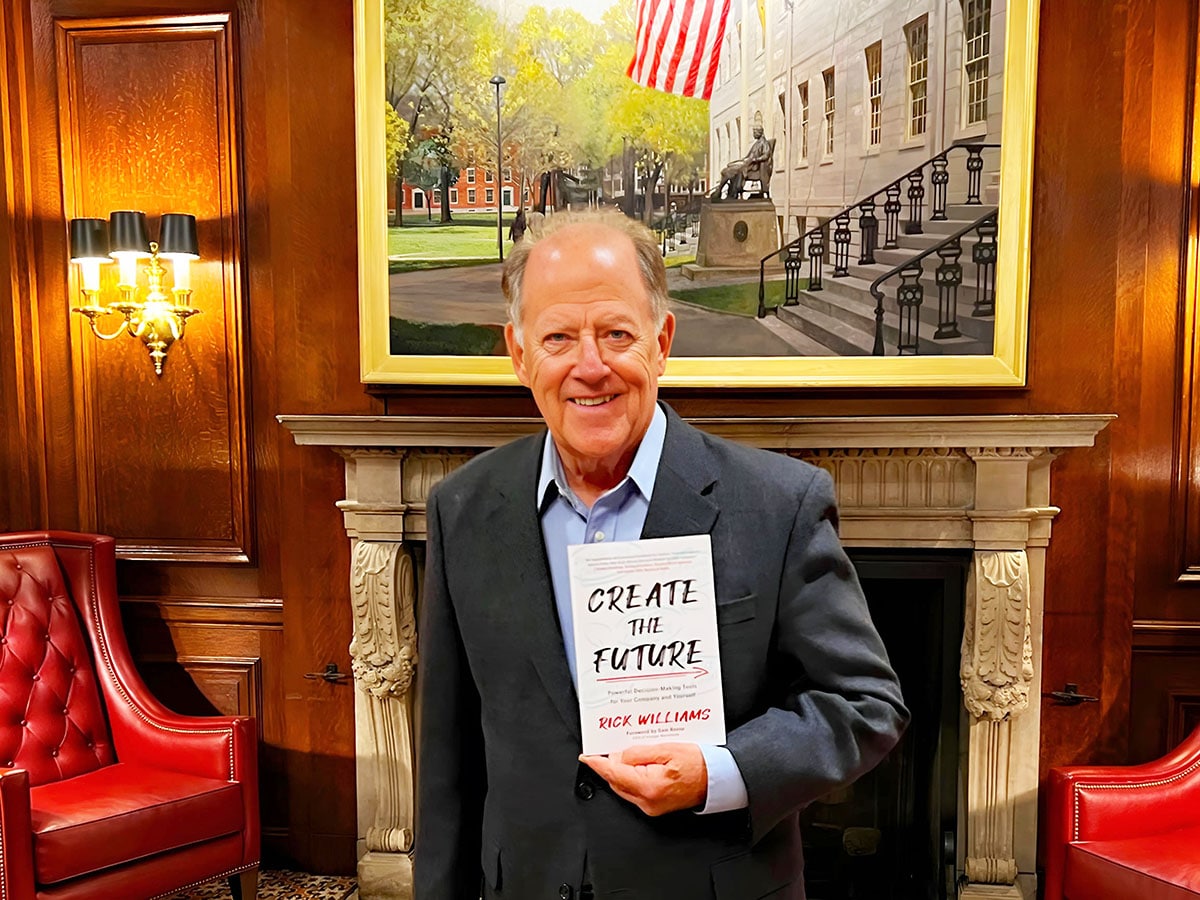As a leader, your job is to ask the best questions: Rick Williams
Rick Williams, a leadership expert, speaker and author, offers tools and processes to build an internal team that can play the role of a consultant
 Rick Williams, a leadership expert, speaker and author
Rick Williams, a leadership expert, speaker and author
Rick Williams is a leadership expert, speaker, and author of Create the Future: Powerful Decision-Making Tools for Your Company and Yourself. In an interview with Forbes India, he discusses the nuances of the Create The Future framework—a continuous Ask, Discover, Learn, and Decide process. Edited excerpts from the conversation:
Q. What inspired you to write Create the Future and who is the intended audience?
Leaders create the future for the organisations they lead through the decisions and choices they make. During my management consulting career with Arthur D Little, I saw that leaders of large private and public organisations brought us in to help them through the decision-making process when they faced an important challenge.
I wrote Create the Future as a guidebook for leaders of mid-size and smaller organisations— private companies, non-profits, and government agencies. Before making an important decision, I encourage leaders to turn their leadership team into an advisory and consulting team. And I offer them the processes and tools they need to make critical decisions without hiring a consultant.

















